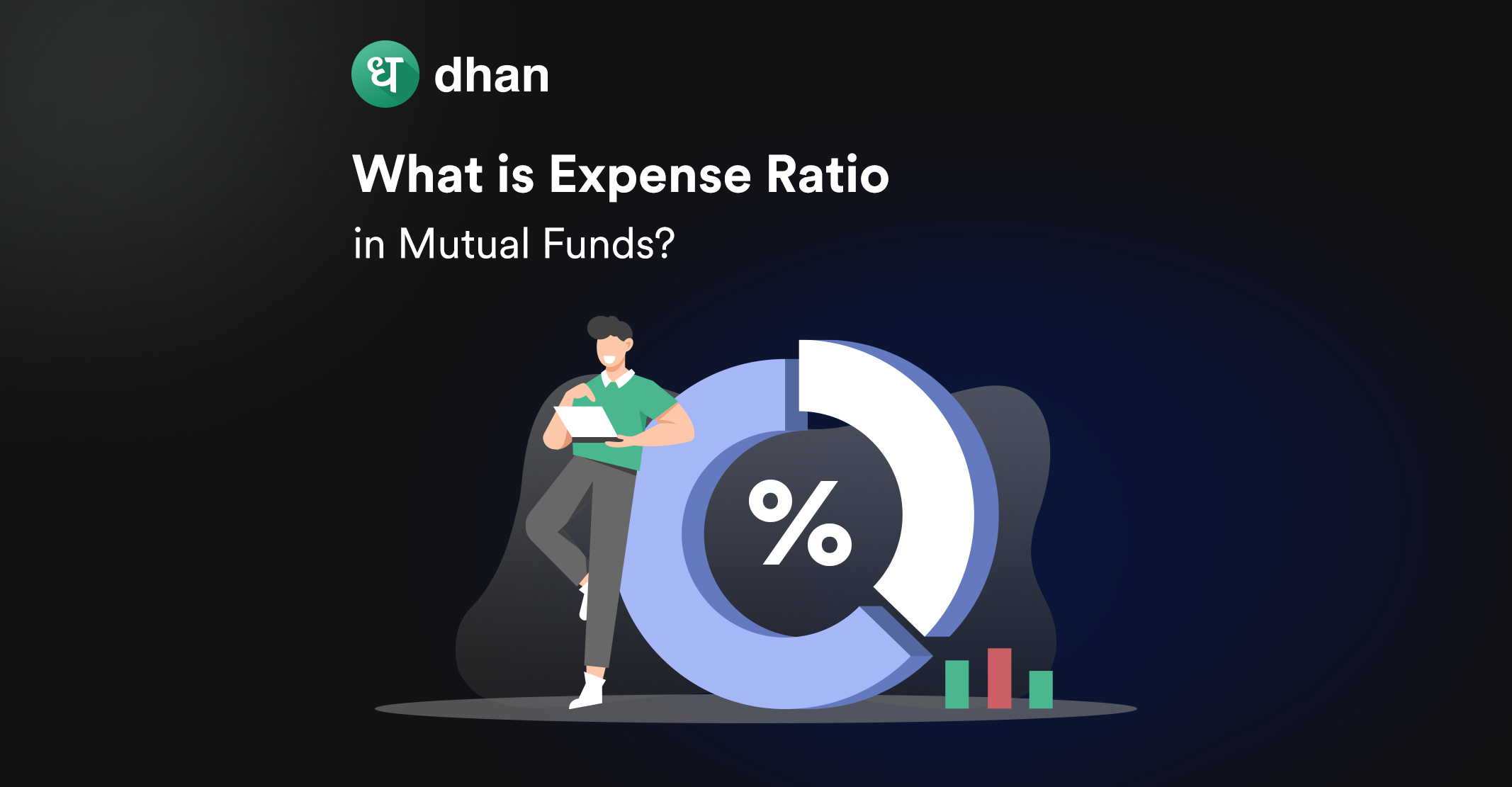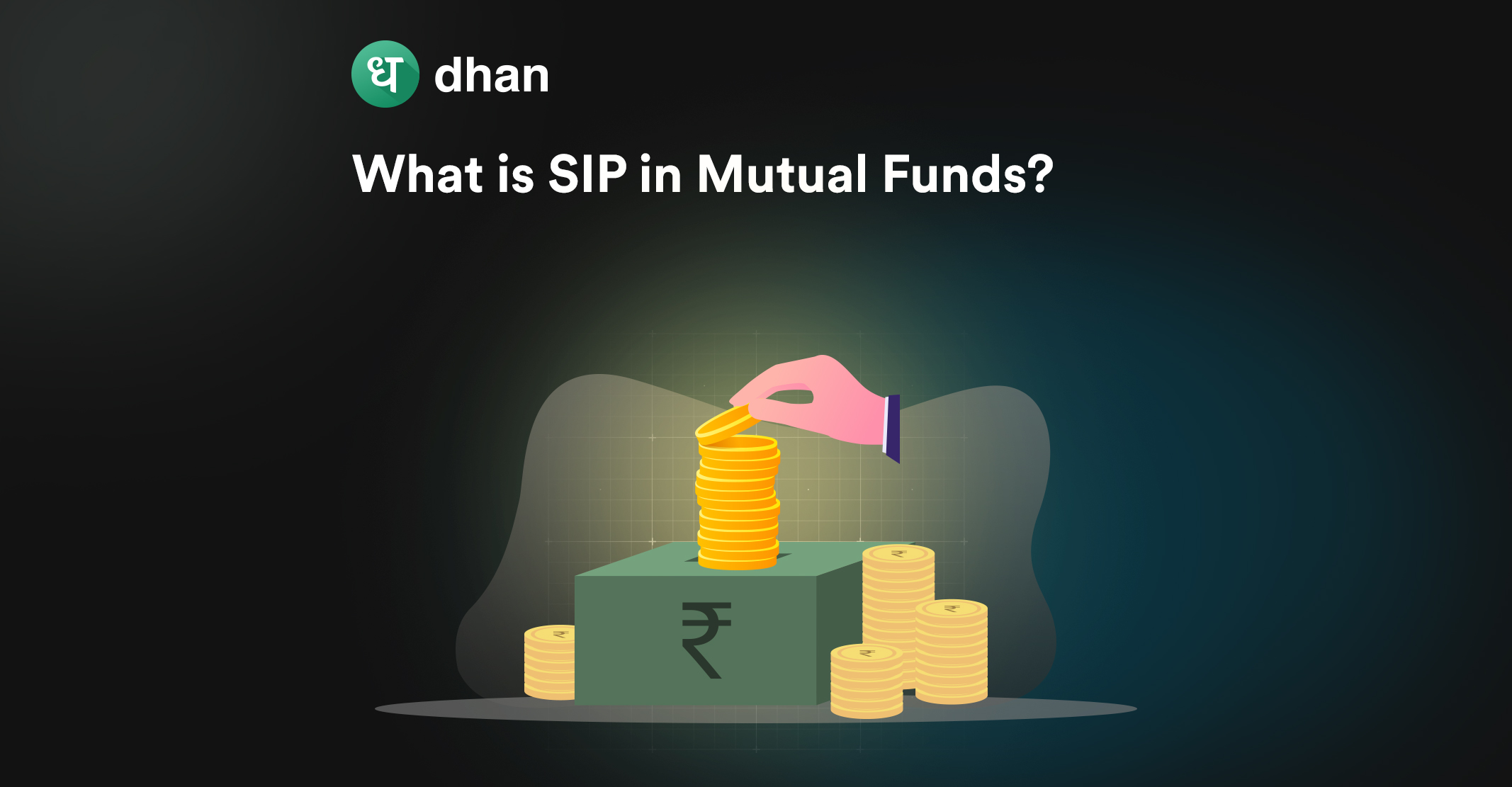The expense ratio is an important metric for anyone investing in online mutual funds. It is the fees charged by mutual fund companies to manage your fund, and depends on the type of fund you’ve bought.
This article talks about what is expense ratio in mutual funds and everything else you need to know about it.
What is the Expense Ratio in Mutual Funds?
The expense ratio is a fixed percentage of money an AMC charges for managing your investment. It is the per unit cost of maintaining and operating the mutual funds.
The AMC charges the expense ratio to cover all the fund’s expenses, including marketing, advertising, and other related costs.
In a nutshell, the expense ratio is the term used for measuring the cost of running and investing in a fund.
However, it varies from one mutual fund to another and is calculated as a percentage of the Net Asset Value (NAV).
A high expense ratio can affect your returns negatively and thus it is curricula to account for this factor while investing in mutual funds.
Significance of Expense Ratio
An expense ratio is important because it can impact your mutual fund returns:
- Higher expense ratios: With a higher expense ratio, a good part of your returns will be deducted as fees, which lowers your overall returns. For example, an expense ratio of 0.75% will reduce an average annual return of 7.00% to 6.25%.
- Lower expense ratios: A lower expense ratio can help you increase your returns. A lower rate means more profitability whereas a higher rate means lower profits.
The Securities and Exchange Board of India (SEBI) has prescribed the maximum percentage of expense ratio that can be charged from the investors. These rates vary based on the type of funds and the AUM of the fund.
Components of Expense Ratio
An expense ratio for mutual funds in India involves the following costs and breakups.
1. Management Fees
This fee is charged for running a mutual fund and allocated towards the fund manager responsible for operating the fund.
Fund managers spend time and effort evaluating the market to identify lucrative investment opportunities.
2. Maintenance Costs
Maintenance costs cover the everyday running of the fund, like paperwork, answering investor queries, and ensuring regulatory compliance.
These expenses include things such as salaries for staff handling these tasks, costs of maintaining office space, and other operational expenses.
While not directly related to investing decisions, they are essential for keeping the fund running smoothly and meeting regulatory requirements, ultimately impacting the overall expense ratio.
How is Expense Ratio Calculated?
The expense ratio of a mutual fund is calculated by dividing its total expenses by its average AUM (Assets Under Management).
It is expressed as a percentage representing the proportion of a fund’s assets used to cover operating expenses, including management fees and administrative costs.
Simply, Expense Ratio= Total expenses/Average AUM
Suppose there’s a mutual fund scheme with an AUM of ₹500 crore. The plan’s expenses for the aforementioned fees come to a total of ₹10 crore.
Therefore, the formula for the expense ratio will be ₹10 crore/₹500 crore= 2%.
Impact of Expense Ratio on Mutual Fund Returns
The impact of the expense ratio on mutual fund returns is significant. Imagine you’re investing in a mutual fund.
The expense ratio is like a little slice of your investment pie that the fund company takes each year to cover its operating costs.
Now, here’s the catch: this expense ratio can have a big impact on your returns.
Let’s say you invest Rs. 10,000 in a mutual fund with an expense ratio of 1%. That means every year, Rs. 100 will be taken out of your investment for expenses before any returns are calculated.
Over time, these costs can really add up and eat into your returns.
If the fund performs well and gives you a return of 10% in a year, you won’t actually see the full 10% because some of it goes towards covering expenses.
Your actual return would be 9% after deducting the 1% expense ratio. Now, imagine if the expense ratio is higher, like 2% or more. That would mean even less of your returns stay in your pocket.
On the flip side, if you choose a fund with a lower expense ratio, your return would be higher.
Even a small difference in expense ratios can lead to significant variations in returns over time, especially when you consider compounding.
When you’re picking a mutual fund in India, keep an eye on the expense ratio. Lower expense ratios can help you keep more of your hard-earned money working for you in the long run.
Is a Lower Expense Ratio Better?
In general, a lower expense ratio is better for investors. This is because it represents lower fees and expenses for investors.
Low expense ratio mutual funds in India leave more returns in investors’ hands.
For instance, if you invest in two mutual funds with 0.5% and 1% expense ratios, the first fund will outperform due to the lower cost.
So, investing in funds with lower expense ratios can be beneficial as it minimizes fees and maximizes returns.
Conclusion
Investors must understand what is expense ratio in mutual funds is for making informed financial decisions.
Though seemingly small, this fee can significantly impact overall returns over time.
Investors can improve the effectiveness of their mutual funds and achieve long-term success by considering the expense ratio along with other factors.
Finally, they should also understand how it works to make smarter investment choices.
FAQs
Q. What is a good expense ratio for a mutual fund?
From the investor’s perspective, an actively managed portfolio should have a low expense ratio of 0.5% and 0.75%. An expense ratio above 1.5% is regarded as high.
Q. Is a lower expense ratio better?
Indeed! In general, investors believe that a low expense ratio is preferable. It suggests lower fund management expenses, which enables investors to keep a larger portion of their investment earnings.
Q. Is the expense ratio charged every month?
Though the expense ratio is an annual fee, it is not only assessed once. Rather, it is discreetly subtracted each day from the fund’s net asset value (NAV).
Q. Is the expense ratio included in NAV?
The expense ratio is subtracted from the NAV. To arrive at the NAV for that specific day, the expense ratio is divided by the number of outstanding units after subtracting the value of the mutual fund scheme’s assets that day. Therefore, the NAV will be lower the higher the expense ratio.



